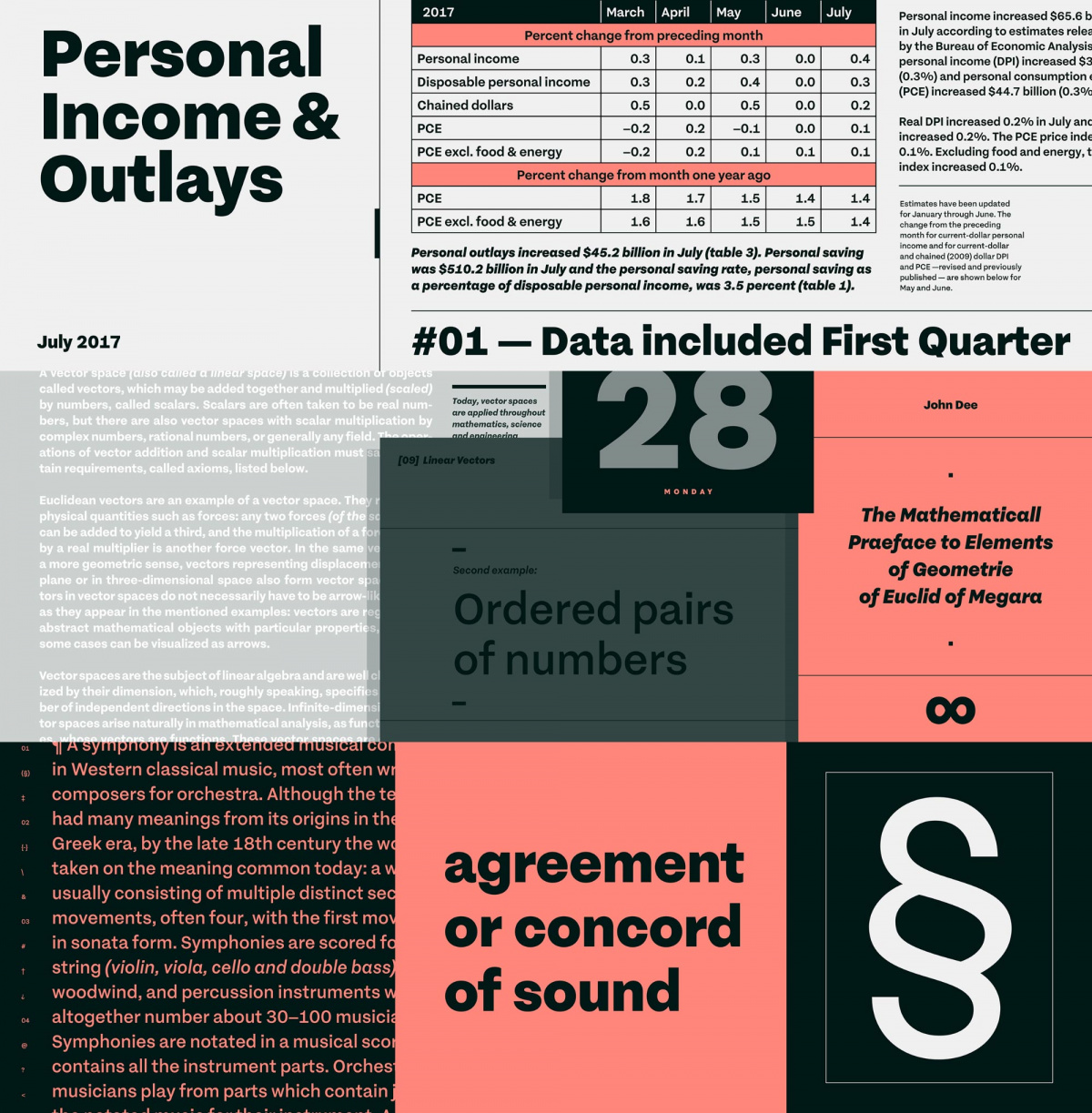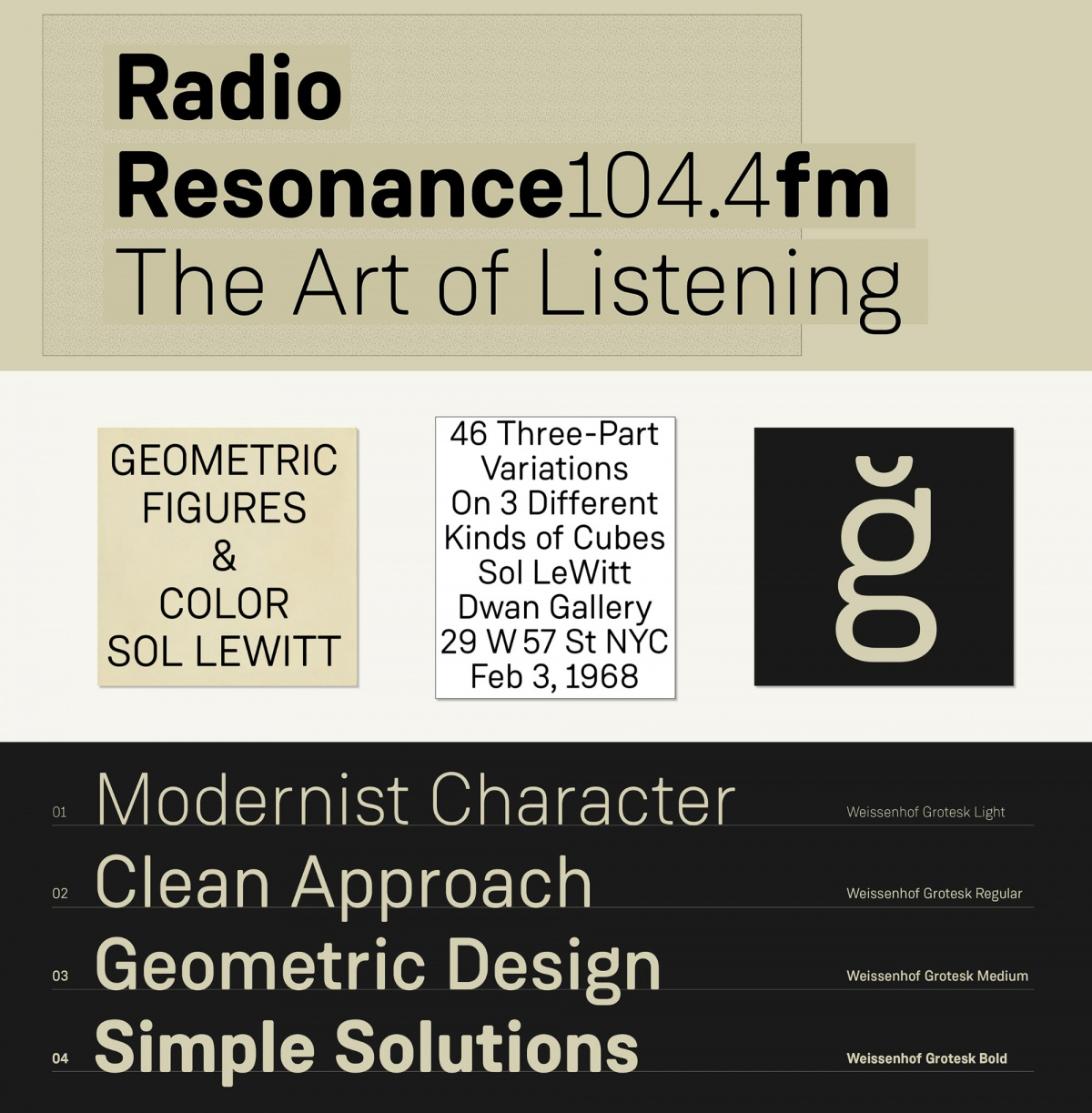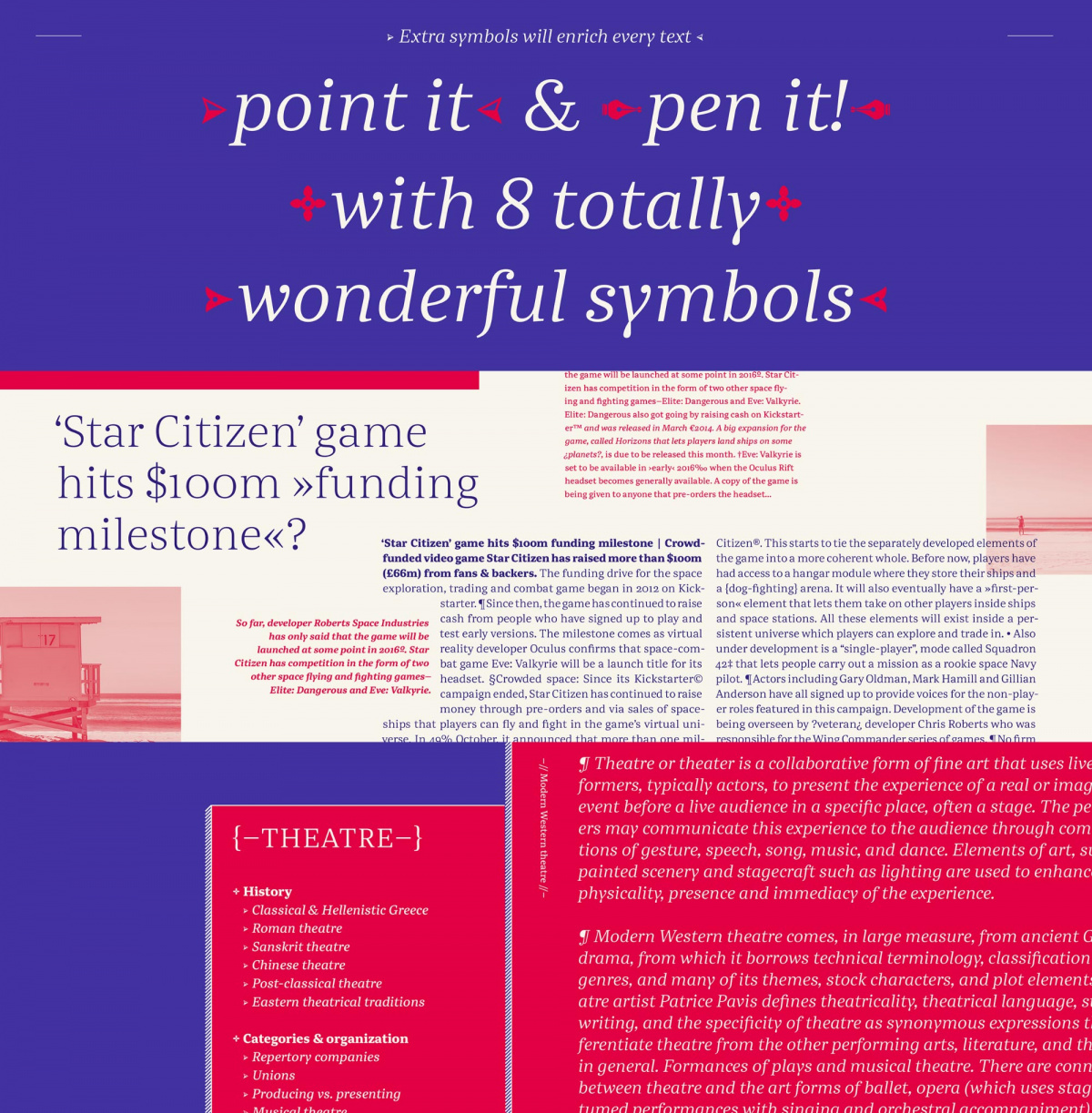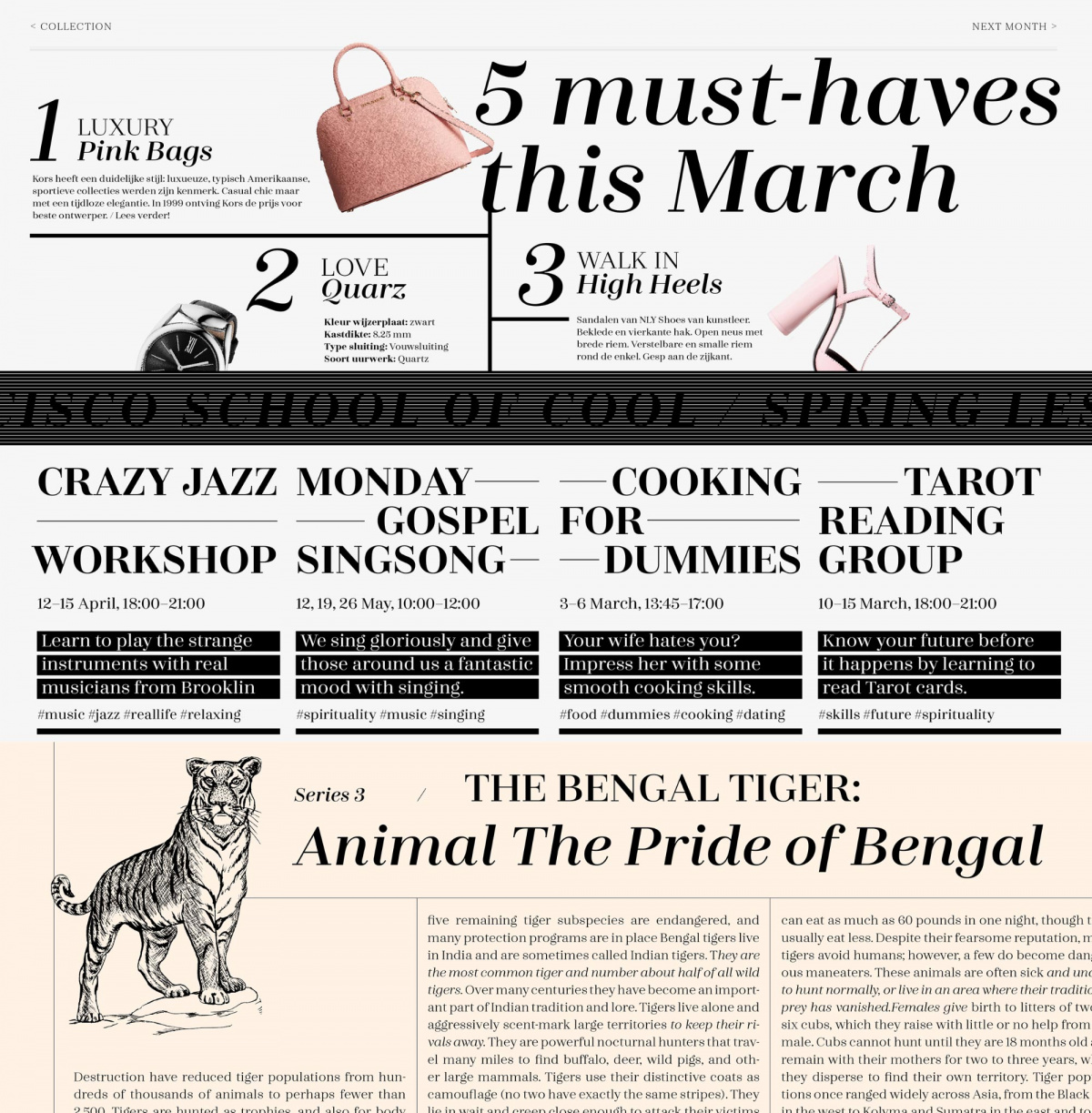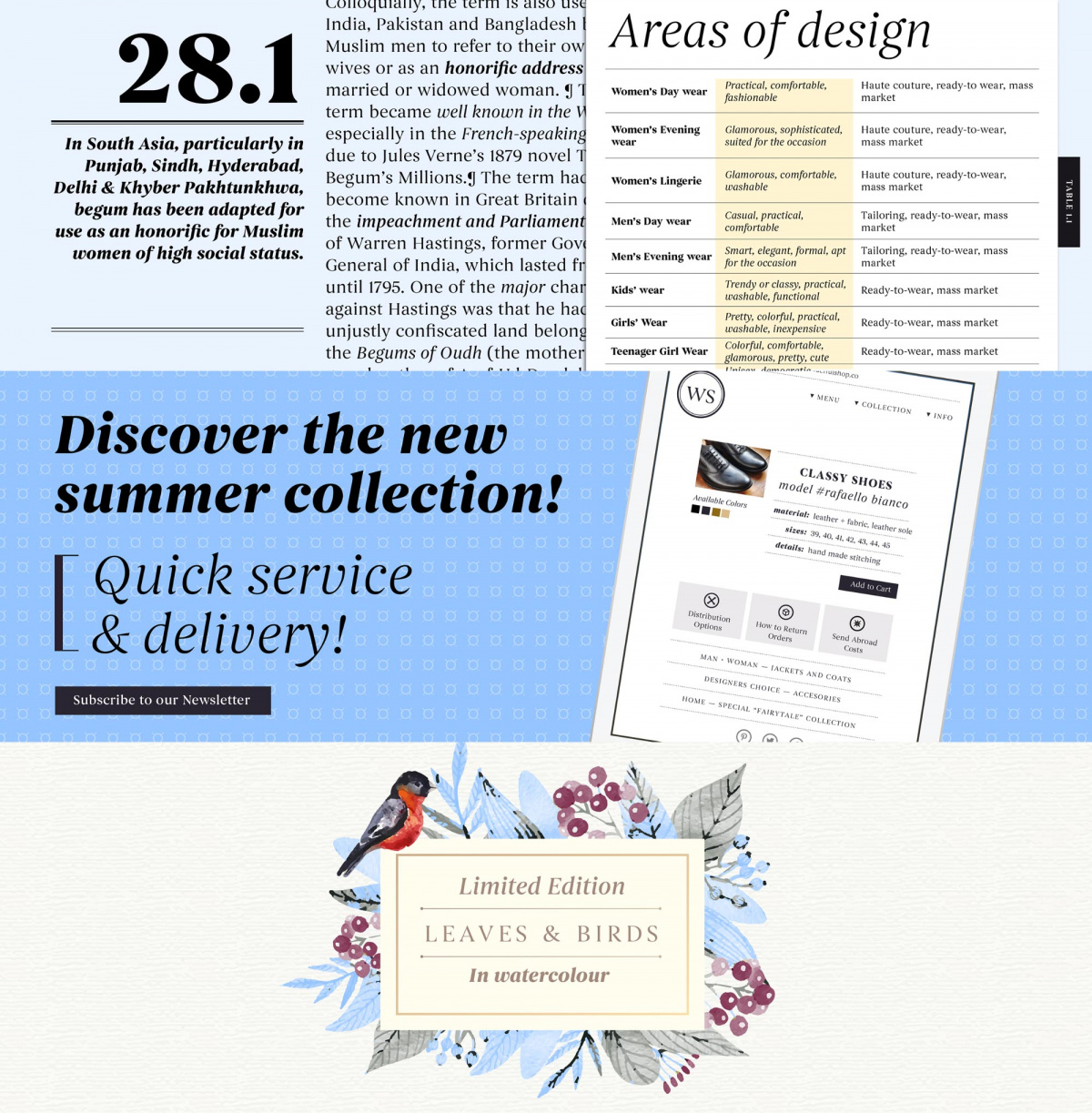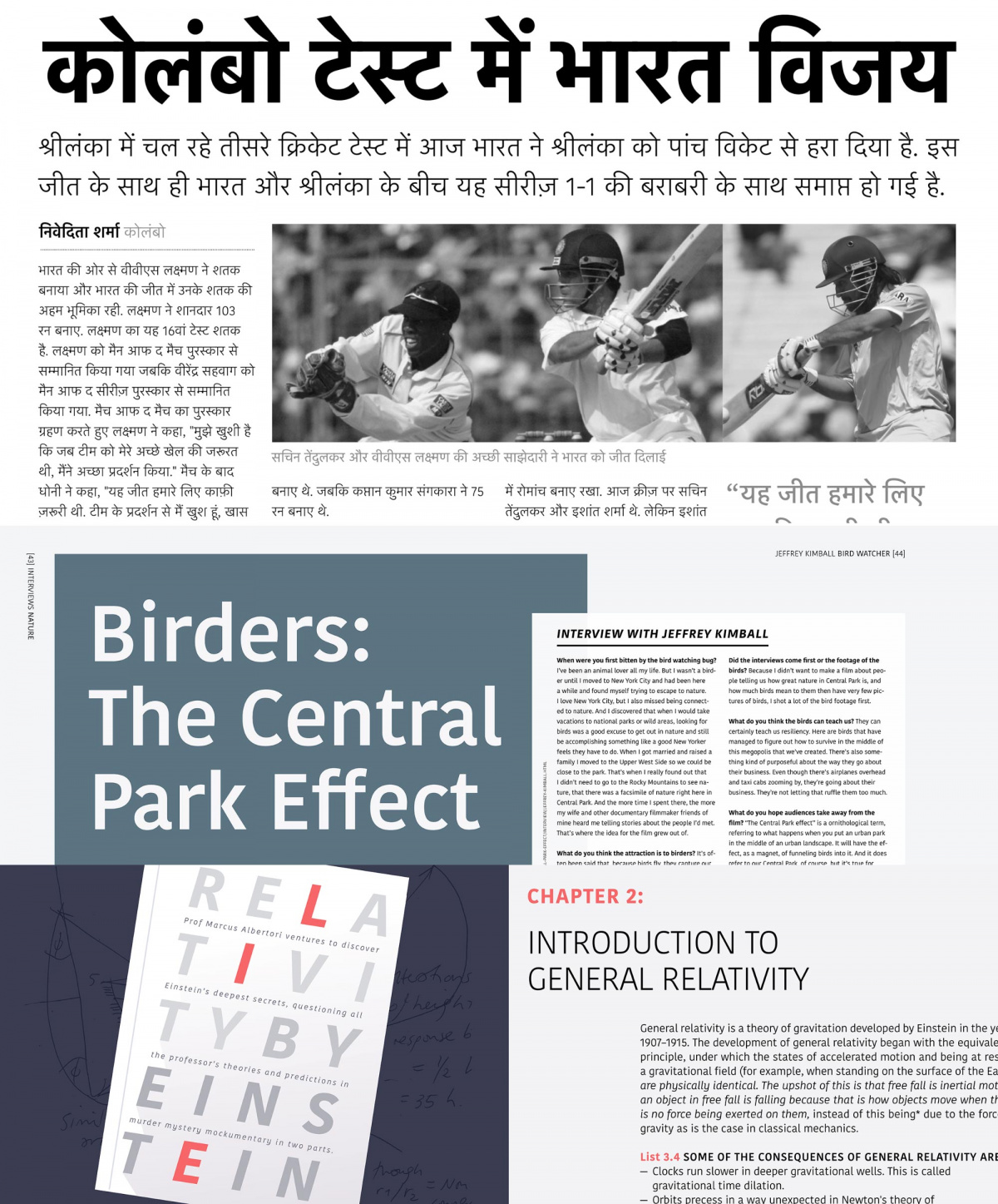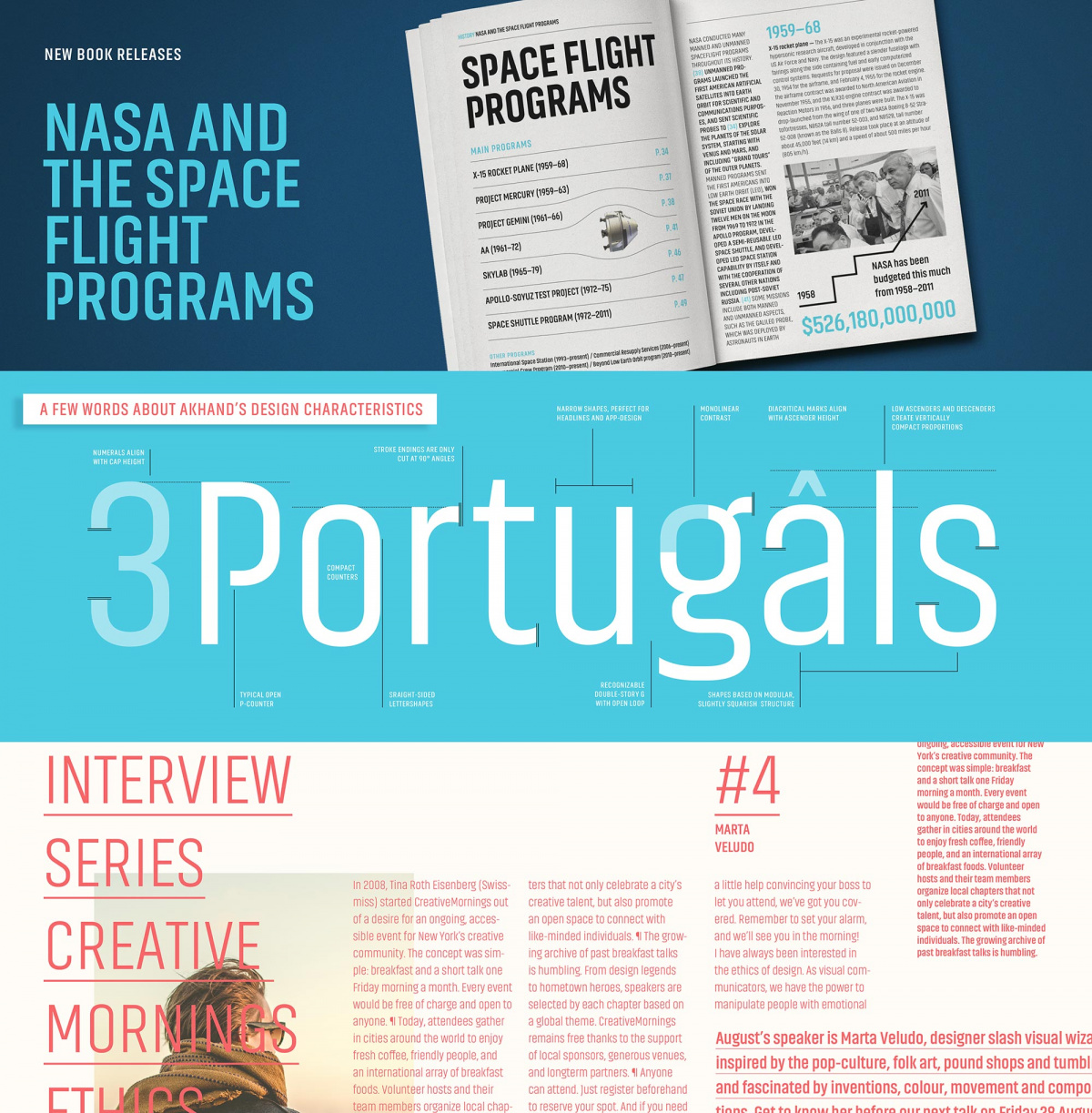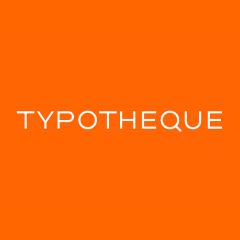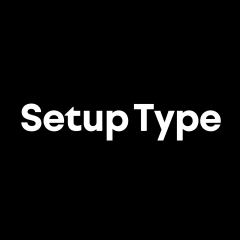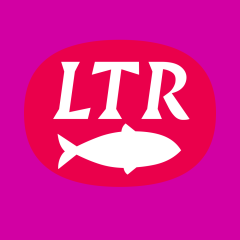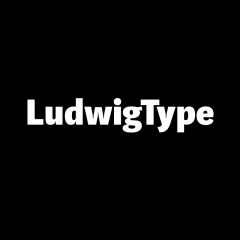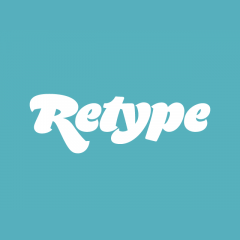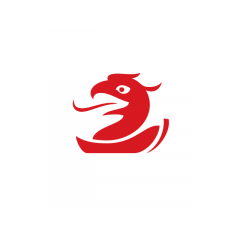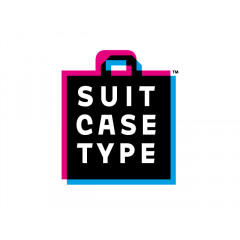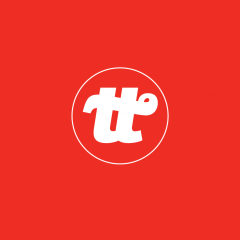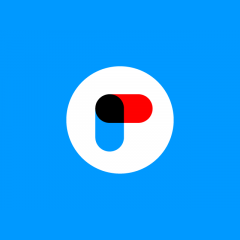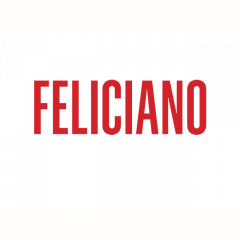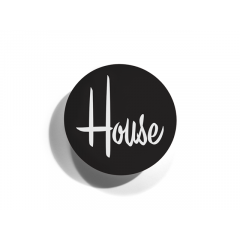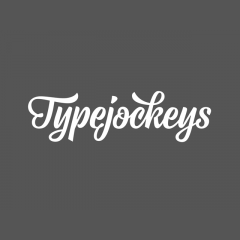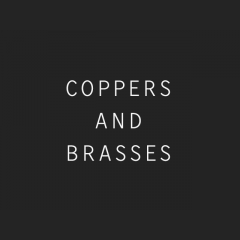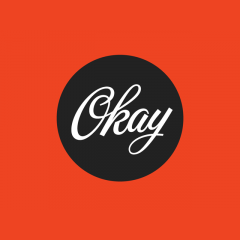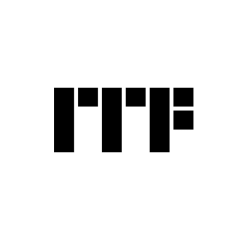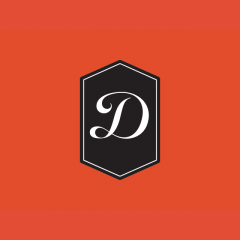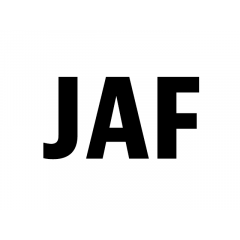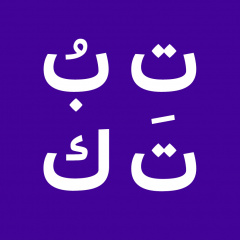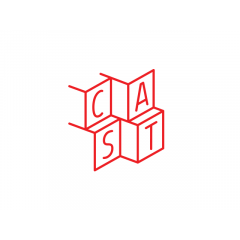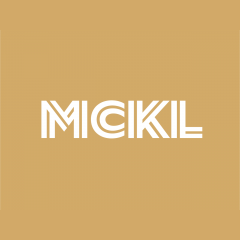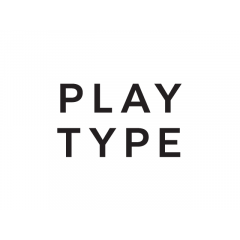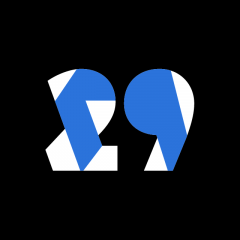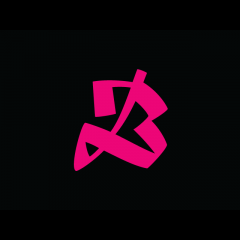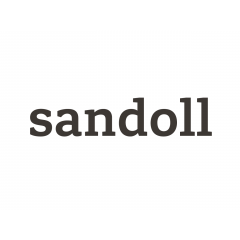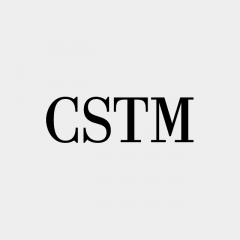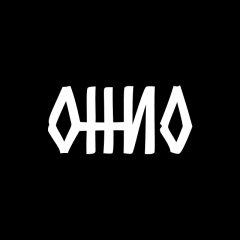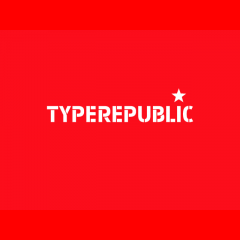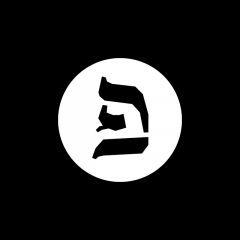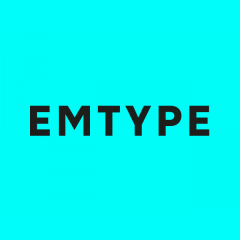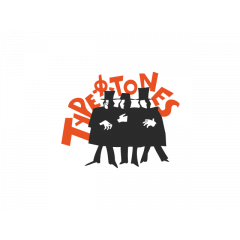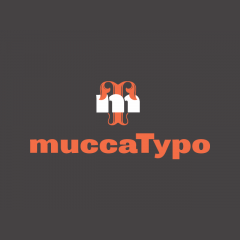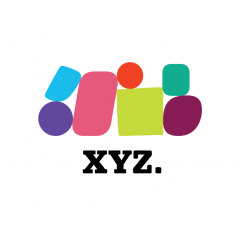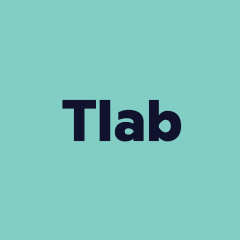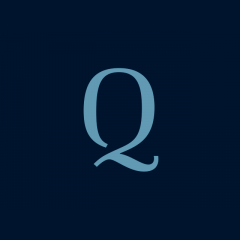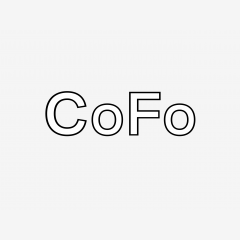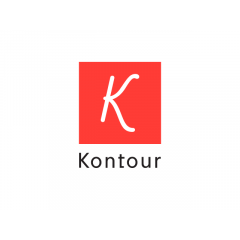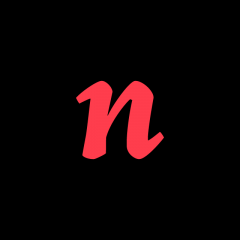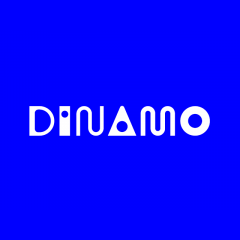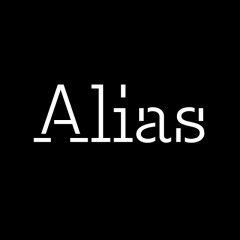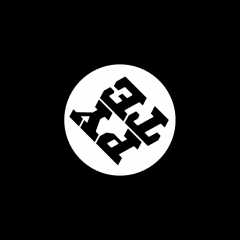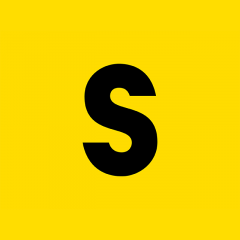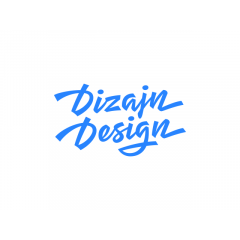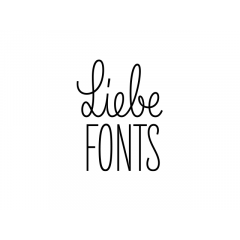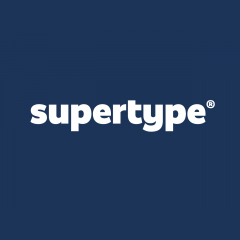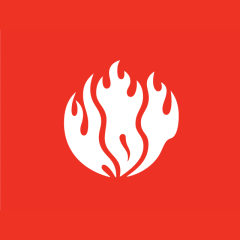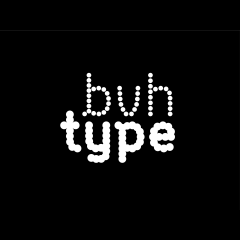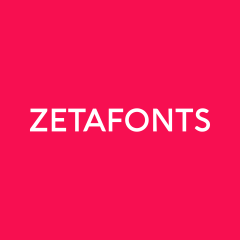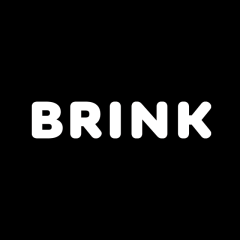Ahmedabad in Gujarat is India’s fifth-largest city and home to the main campus of the country’s National Institute of Design (NID), which offers university-level instruction in various disciplines including graphic design, product design and animation film design. The Indian Type Foundry (ITF) is also based out of Ahmedabad. Fontstand customers may already be familiar with their work, as ITF offers more than 120 different families here. These range from utilitarian sans serif designs like Symphonie Grotesque and Weissenhof Grotesk to serif faces for immersive reading like Abelard and Zahrah. Of course, ITF also has great display families like the elegant serif Begum, the high-contrast connecting script Katana and Spencerio, a traditional Spencerian design.
Sign up for mailing
Get more typography articles straight to your mailbox. Sign up for our mailing list.All of those typefaces were made for the Latin script, and their character sets support most Latin-based European languages. While fonts for the English language represent an important element of type design in the Indian market, the county has several official scripts for its vernacular languages as well. Indian-script design is a large part of ITF’s identity, and some of its output in that sector is available on Fontstand, too. For instance, users can find 13 families for the Devanagari script, which is used to write several Indian languages, including Hindi and Marathi. ITF also distributes two Arabic-script families through Fontstand. I recently had a discussion with ITF’s co-founder and chief designer Satya Rajpurohit. I wanted to learn more about how the ITF library grew to this point, and where it is going in the future.
“My criteria,” Satya told me, “for deciding what kinds of designs ITF should work on have always been simple. I want the library to include fonts of all kinds.” Satya has a great metaphor to explain this: “for me, type designers are like singers and fonts are like their songs. Each song may have different lyrics (typographic genres) but they still carry the same voice (visual styling). I think that the fonts I’ve designed have a strong visual style, which some users may like and some may not. This is why I try to collaborate with other designers who can bring a range of visual styles to our library.”
At last count, ITF had 198 published font families on the ITF & Fontstore websites, or about one-third more than are available through Fontstand. “We have another 92 that are ready to be published,” Satya told me. “In addition to those, we designed 35 families for Google Fonts and about 30 other custom font families for various clients. So in total, we’ve designed 355 font families so far and most of this work has happened in the last six years.”
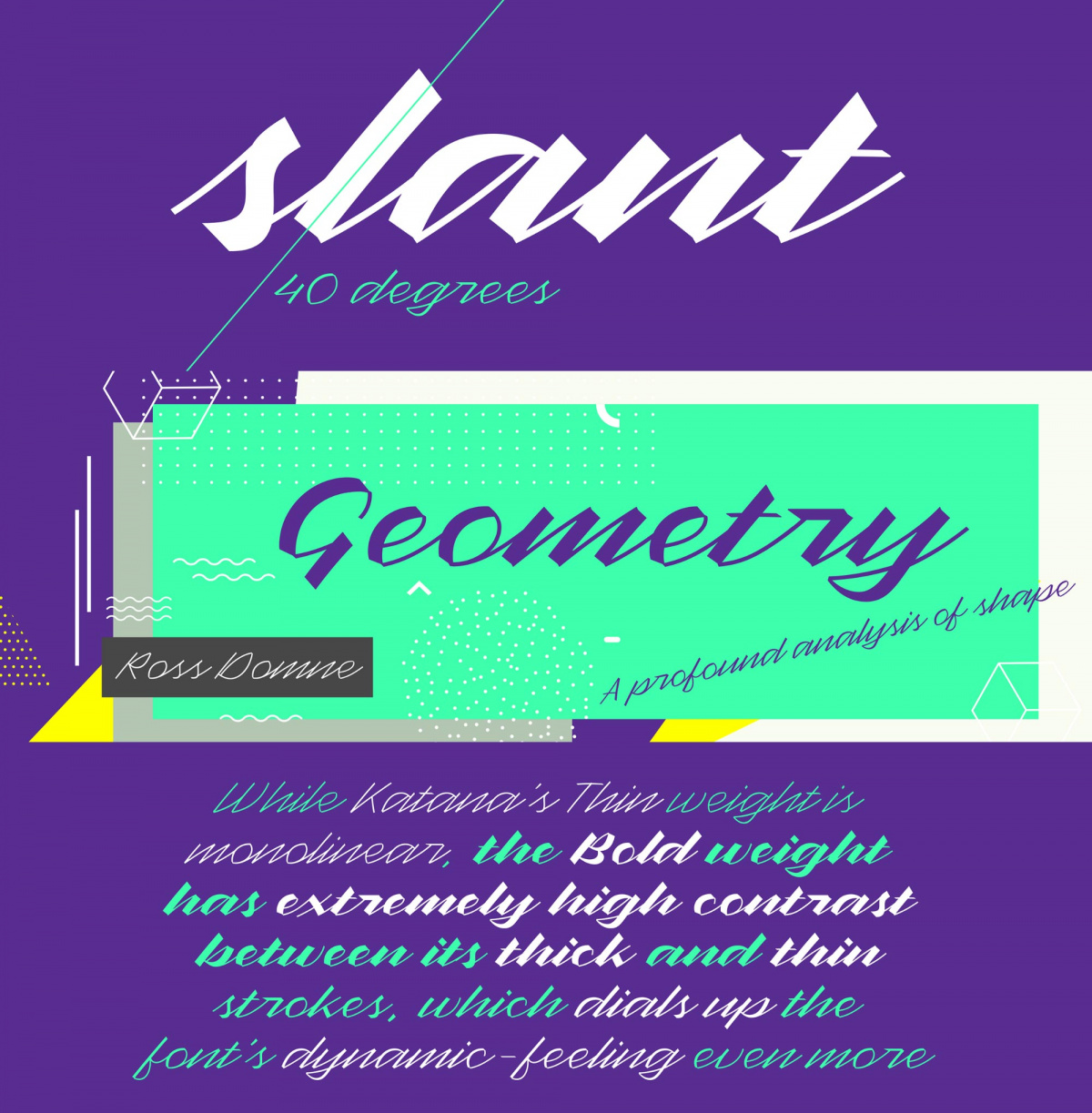
Katana
ITF distributes its multi-script designs in multiple, script-specific families. You can see this on Fontstand, too: there is Kohinoor Latin, which offers a typical-sized character set for Latin-script languages. Then there is Kohinoor Devanagari, which has hundreds of Devanagari glyphs but only Basic Latin support. If you look at the other Kohinoor packages on the ITF website, you’ll find similar families for other Indian scripts like Bengali, Gujarati or Tamil, etc. Those families support their respective scripts and Basic Latin, but not Devanagari, Malayalam, or other Indian scripts. Producing families in this way allows ITF to publish designs one script at a time, instead of waiting until all of India’s official languages are finished. It is also tailored to the needs a lot of designers working in those scripts have; only rarely do they need all the vernacular scripts at the same time.
Satya designed all of the Kohinoor multi-script type system himself. “It took me five years to finish the 10 scripts,” he remembers. “But with multiple designers, we can finish a family of 10 scripts in less than 6 months. In the ITF design studio, the standalone families that just support one or two scripts are usually worked on by individual designers. We put several designers together for our large multi-script families. For us, that transition happens once a typeface needs to support five or more writing systems.” A good example of that kind of collaborative work is the Akhand multi-script family, which in contrast to Kohinoor had many designers working on it. Akhand and Kohinoor are the biggest retail families ITF currently offers, but Satya explains that “so far, we’ve worked on six multi-script families (custom & retail) supporting all of India’s 11 official writing systems, plus about another 10 families with four or more writing systems. My plan for the future is to expand our library to support more world languages and create bigger families with world language support.”
Custom projects come with a client-specific brief from a design agency, which in most cases wouldn’t fit in the ITF retail library. “However,” Satya countered, “if I feel that a custom font can be a good addition – and if we don’t already have a design in that direction – I try to negotiate with the client and offer them a limited period of exclusivity instead. This way, those fonts can become part of our library after a few years.”
Aside from Indian designers, ITF has typefaces that come from people working abroad, including designers in France, Germany, and the Netherlands, etc. Satya follows a lot of designers and type design studios online and reaches out to them himself if he likes their work. “So far, we have worked with more than 60 designers, if you count those who have been employees at ITF, too. Many of these designers’ fonts are still in the pipeline and haven’t been published yet. External fonts with multiple designers worked are the result of our having commissioned a studio to make them. Even on those projects, though, I’ve given credit to whoever actually worked on the fonts. So you’ll see their names in the designer fields, instead of the studio itself.”
I also wanted to ask Satya about ITF’s connection to NID. “Although I’m not from Ahmedabad originally,” he explained, “I studied at the National Institute of Design and have lived in the city ever since, except for three internships abroad after graduation.” Indeed, before ITF was launched, Satya made the rounds at some excellent companies in Germany and England, interning at Linotype in Bad Homburg in 2007 before going to DaltonMaag in London in 2008, and later to L2M3 in Stuttgart. “Ahmedabad was a good place to started the foundry,” Satya pointed out. “NID is one of the oldest and most popular design schools in India. It has produced some of the most successful designers here, and several large design firms are run by NID graduates. Being associated with NID certainly helped knowledge of ITF spread through India’s design community quickly.”
105
Indian Type Foundry font families available to rent on Fontstand for a fraction of their retail price.I closed by asking Satya about Fontstand itself, and how it helps people find ITF’s fonts. Fontstand allows users to test fonts out for an hour and rent them by the month, which is particularly attractive for design students and small studios, but ITF has also been offering 15-day trials and free student licenses since 2016. Satya sees his own foundry’s policies and Fontstand’s as serving two separate customer bases, however. “The designers and students who ask for trial fonts through our website are not the same as those who try or rent our fonts on Fontstand,” he explained. “Fontstand has helped us reach out to designers or studios who’ve never heard of ITF before.”

